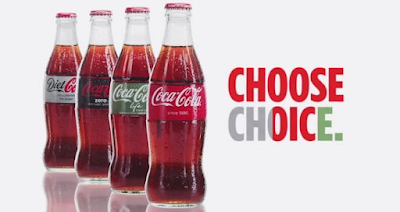Advertising case study 1: OMO print advert

Advertising case study 1: OMO print advert 1) The advert was produced in 1955 2) In most adverts in the 1950s, women were presented as domestic, with a role of being housewives, and being inferior to their husbands and other men. 3) The heading message and typography promote the product due to the fact that is a washing product and is presented as being able to clean to a completely new level that has never been seen before. It promotes the product also as being necessary and therefore encourage people [women] to buy it. 4) The costume of the woman actively presents her as a housewife as she has a rag thrown over her shoulder. This shows that she is in the middle of cleaning and therefore depicts her as being a housewife. In addition, the makeup further reinforces the idea that she has to look good for her husband and appear perfect at all times. The placement of the model being directly in the view of the camera and slightly lower makes her seem like she is enjoying what she is doin

